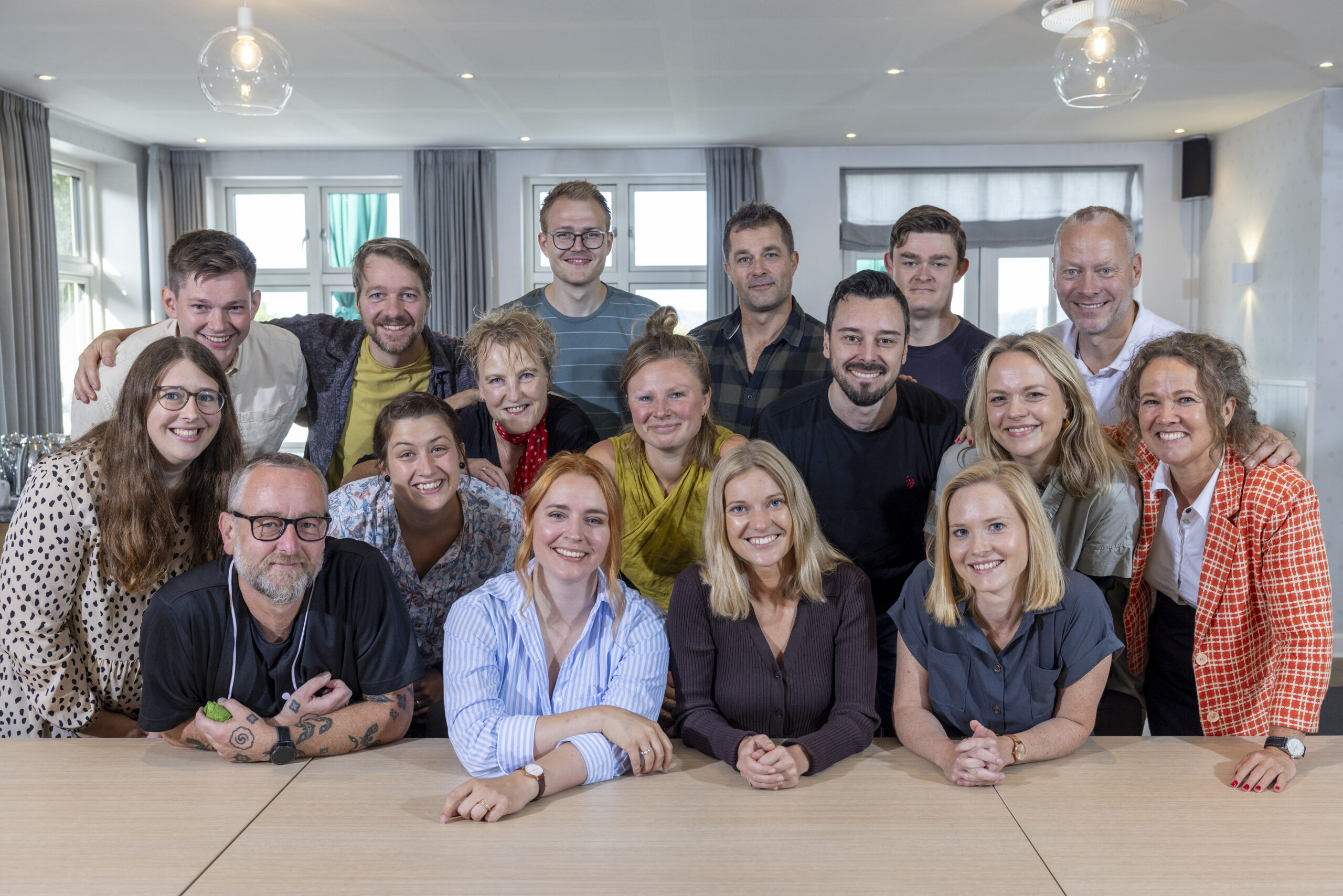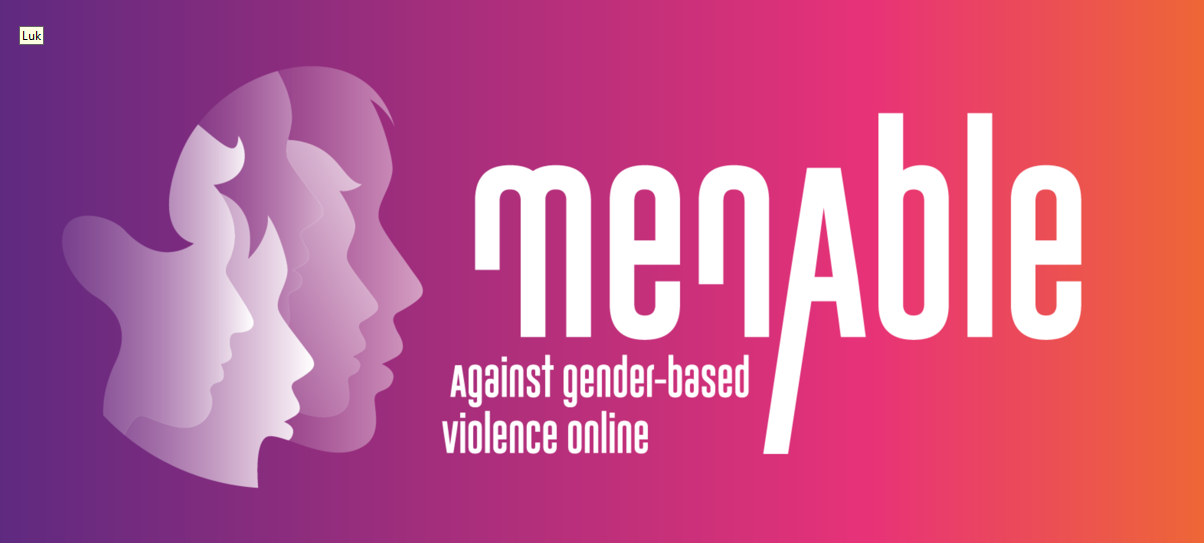We meet loyal users in our chat rooms
April showers bring May flowers, or so they say. Not exactly validating the truth of such a statement, it was however just how we felt when CfDP’s online counselling for children and young people, Cyberhus, earlier this year, encountered a minor technical mishap.
In late December, an error occurred during the update of Cyberhus which meant that Google and other search engines displayed Cyberhus much less in their search results than previously. Since more than 80% of our approximately 35,000 monthly visitors come from google and other search engines, it was obviously a mistake of significance.
Throughout 2014, Cyberhus had more than 35,000 visitors on average each month, as mentioned earlier. A number that, by the way, has been steadily growing since the beginning of Cyberhus in 2004. However, during January this year ⅓ of our visitors suddenly disappeared so that “only” a little more than 10,000 users clicked their way to Cyberhus.
The error has been corrected, and we have made the necessary measures to prevent similar errors from happening in the future. I must admit, I lack the technical insight to be able to explain how the error occurred, however, I would like to say a couple of words about our pedagogical aha-moment that came in the wake of our technical incident.
Pedagogical aha-moment
In previous posts I have explained how many young people read “over people’s shoulder” every single time we provide replies on our problem pages, or every time a youngster asks for advice in our debate forums. Up to 20 users are looking at our posts every time we give a reply. So, fortunately the decrease in visitors in January did not mean that our consultative activity decreased by ⅓, since an essential parts of those who visit Cyberhus “merely” watch other’s activity without being active themselves.
But we also noticed there was less traffic in our consultative activities; in January we had a small decrease in the number of posts compared to what we usually see during the month of January, both on our problem pages, in our debate forums and on other features of cyberhus.
<pHowever, in our 1-1 chat, the activity did not decline. Actually, we saw a small increase in the number of active young people. It provides us with a clear picture that young people who use our chat are probably youngsters who already have a thorough knowledge of Cyberhus, and not young people who find us via google, and “suddenly” get the urge to chat.
The typical chatters
We always assumed that the majority of users in our 1-1 chat are young people who are so well acquainted with Cyberhus, and the way we advise, that they feel comfortable enough to engage in 1-1 chat conversations with an adult. We find it difficult to substantiate this assumption as our privacy policy means that we cannot recognize each youngster from each session. However, the incident in January has now confirmed this assumption of ours.
We continually work to improve coherence between our chat counsellings, where we believe we have a solid hold on vulnerable youngsters, and the public youth counsellings which are often the next step toward a better life for our young people. Conversations in chat rooms are in many ways the closest we come to having a physical conversation with our users, since the communications takes place here and now and are more dialogical than discussions in a debate or posts on our problem pages. Still, users experience the step from our anonymous digital counselling to municipal physical youth counsellings as insurmountable great.
Easier access to our municipalities
That is why we find it crucial that municipal counsellings, more so, embrace digital platforms and offer chat counselling to their young citizens seeking advice. We often chat with young people whom we very much would like to refer to a municipal unit that can provide the help that we are not able to offer. It is our municipalities that have the necessary resources which can help each youngster forward on their path.
But way too many young people reject such municipal contact because it often requires that they, as a minimum, must contact their municipal over the phone. A lot of the young people we meet are not ready for that at all… which is precisely why they have chosen digital counselling.
Provided that young people are able to chat with their local youth counsellor, they would definitely be more inclined to accept a referral to their municipality. And if they have met their local youth counsellor in a chat room, as a first step, maybe the gap to reaching the phone, or going to a physical meeting, is not that wide.
This article is originally posted in Danish.
]]>


Hvis du vil sætte et par ord på din feedback, vil det hjælpe os rigtig meget til at forbedre vores indhold.